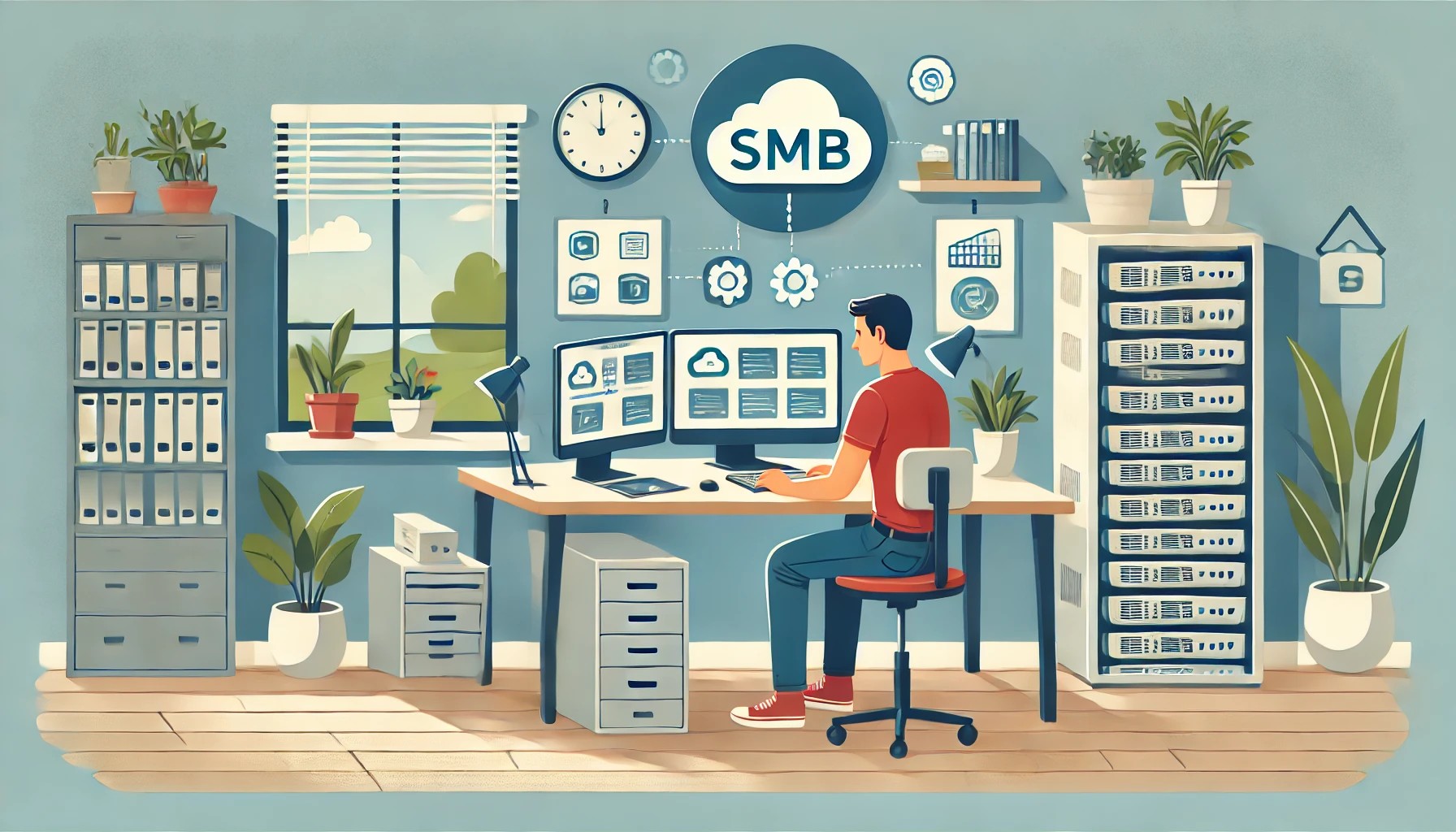MAKING PREDICTIONS ABOUT THE FUTURE is a risky proposition in the best of times. In these times, it’s all but impossible.
How many of us, after all, anticipated a global pandemic and epic recession 12 months ago? And despite the accelerating arrival now of coronavirus vaccines, how many of us really know what to expect from the year ahead?
“”We’re completely in uncharted waters,”” observes Paul Dippell, CEO of managed services consultancy Service Leadership.
In the latest instance of an annual tradition, however, ChannelPro asked Dippell and six other brave experts to take their best shot at forecasting what 2021 holds in store for key markets and companies. Here’s a look at what they told us.
Security
The biggest, safest bet for the security market this year is that channel pros will spend some of it rectifying mistakes their clients made last year when everyone rushed to turn living rooms into offices.
“”There were a lot of business decisions that were made out of necessity to deal with this new reality that we had in front of us, and a lot of it wasn’t done securely,”” observes Ian Thornton-Trump, CTO of Winnipeg, Manitoba-based MSP Octopi Managed Services and chief information security officer of threat intelligence vendor Cyjax.
Fortunately, he continues, hardening work-from-home environments isn’t rocket science. Many of the most effective measures, like implementing multifactor authentication and whitelisting applications, are relatively simple, familiar to most IT providers, and affordable. “”There are creative solutions that don’t cost a lot of money to implement,”” Thornton-Trump notes.
Protecting data not just at home but in server closets, data centers, and the cloud is even more essential than before too, he adds, now that ransomware perpetrators have begun exfiltrating files before encrypting them, and then threatening to make the data public if victims don’t pay up. The best fix to that danger, which Thornton-Trump urges channel pros to prioritize in the months ahead, is embracing data lifecycle management. Bad guys can’t steal information that you’ve already deleted.
“”The more data you have, the greater your risk,”” Thornton-Trump notes.
Attackers won’t be the only source of risk this year, he predicts. Law enforcement agencies are belatedly getting serious about punishing hosting providers, certificate issuers, and the companies they serve for “”misprision of felony,”” or knowing about a crime like ransomware but failing to report it.
“”I’m starting to see the U.S. Justice Department try things that have never been tried before,”” says Thornton-Trump, pointing in particular to charges filed last August against Joseph Sullivan, Uber’s former chief security officer, for his role in the alleged cover-up of a $100,000 payment to cyberthieves who made off with some 57 million rider and driver records.
“”We’re going to see a full-scale effort at the national and global level to start cleaning up the internet,”” Thornton-Trump contends.
Cloud Computing
Lauren Nelson, vice president and research director for cloud computing at Forrester, has security on her radar too. Adoption of infrastructure and especially software as a service skyrocketed in 2020 thanks to the coronavirus, she notes. All those newly deployed solutions introduced new vulnerabilities, however.
“”How do we make sure that we’re able to bring new things to market, create new digital experiences, without exposing our organization to risk?”” Nelson asks. “”There’s a lot of focus on how do we weave security checks into those new products.””
Such concerns, set to become increasingly prevalent in 2021, won’t slow the cloud’s growth trajectory. “”We kind of had a lot of rhetoric in early 2020, late 2019, that cloud was coming out of hypergrowth, and that’s no longer the case,”” Nelson says. Indeed, Forrester expects the public cloud infrastructure market alone to expand 35% globally this year to $120 billion.
Another big number in 2021 will be the percentage of people who work remotely at least part of the week even after offices have fully reopened. Forrester expects that number to triple in the U.S. from 8% before the pandemic to 24% after it.
Keeping those people productive and engaged, Nelson warns, may prove trickier than many businesses anticipate. Giving a dozen meeting participants equal chance to be heard is hard enough when everyone’s in Zoom. It will be harder still when some people are online and others are in a conference room.
“”They’re going to [need] not only technology to support remote work, but also … skills and training that makes it truly interactive,”” says Nelson of home workers.
Hardware
They’ll probably need more remote bandwidth too, notes Roger Kay, president of analyst firm Endpoint Technologies Associates, and not just to accommodate conventional devices like laptops and tablets. Smart thermostats, Wi-Fi doorbells, and other Internet of Things products will be competing for connectivity in greater numbers this year.
He does sees relief ahead for data-saturated home users from two sources: 5G networks and Wi-Fi 6E. The former technology, which is rapidly entering the mainstream, promises to deliver dramatic throughput gains, according to Kay, who notes that 5G-enabled laptops have been appearing in growing numbers since last year. “”5G is kind of goodness that’s going to continue to give, and it’s only starting right now,”” he says.
Wi-Fi 6E, meanwhile, will give work-from-home employees access to what Kay calls a “”superhighway”” of practically unoccupied 6 GHz spectrum free from the tie-ups that can bog down today’s 5 GHz LANs. Devices that support Wi-Fi 6E are due later this year.
So too is an emerging class of power-sipping PCs equipped with ARM processors, he notes. Pioneered by laptops like Apple’s latest MacBook Air and Microsoft’s Surface Pro X, the trend should reach desktops soon as well. “”We now have a situation where the power-optimized ARM chips are performance-capable enough that they can take over a full desktop load, including driving a big screen, if they work with graphics [chips] and other things that help with that,”” Kay observes.
Big-Name Vendors
The question for leading hardware makers like Dell and HP, though, is how many companies will be in the market for ARM-based devices following last year’s PC buying spree for home-based employees.
“”Right now, we don’t have enough supply, but we’re pumping an awful lot of new hardware into the market,”” says Rob Enderle, principal analyst at The Enderle Group. “”A lot of us are looking at the PC market with a certain amount of fear for the second half [of 2021].””
On the flip side, he continues, that’s the same time frame in which PC makers are likely to begin introducing all-new products optimized from the inside out for work-from-home users.
“”The learning part of this pandemic and working from home is almost over, and we’re going to see much of the benefits from that learning, including some products that are specifically designed for the new normal,”” predicts Enderle, who expects those products to be significantly more secure, reliable, and remotely manageable than their pre-COVID predecessors.
Easily deployed routers that bring enterprise-grade security to remote work settings should start appearing in bigger numbers this year too, he adds. “”Cisco is probably the best situated to benefit from that, because they’re probably the strongest enterprise brand when it comes to comes to networking.””
The rising home adoption of 5G technology that Kay sees coming is good news for Cisco as well, according to Enderle. “”Cisco is kind of the king of backhaul, and that’s what needs to be upgraded,”” he notes.
Microsoft, which is coming off a red-hot year fueled by exploding adoption of cloud applications like Teams and the Azure public cloud, will be well positioned to capitalize on the same trends set to give Cisco a lift, Enderle adds. In particular, organizations anxious about home workplace security may be keen to deploy Windows Virtual Desktop (WVD). Microsoft has been waiting for that product, which became generally available in September 2019, to prove it can handle high-volume user loads before making it a sales priority.
“”Assuming the latency and performance is where it needs to be, I would expect Microsoft to push that harder,”” says Enderle, who foresees the company using price breaks and bundling with Microsoft 365 to make buying WVD more attractive.
Storage and BDR
Work-from-home computing will help drive a move toward distributed storage this year, according to Greg Schulz, founder and senior advisor at analyst firm and consultancy StorageIO. Increasing use of locally hosted workgroup and departmental solutions, often running on converged or hyperconverged infrastructure, will contribute as well, along with edge computing deployments.
“”We’re seeing more compute, more applications, being pushed out from the core, from the cloud, back out to maybe where they were before the race to the cloud,”” says Schulz. “”If there’s compute going out there and there’s applications out there, there needs to be storage out there.””
Look for many edge storage products to feature solid-state drives this year, Schulz continues, due not only to their superior performance and falling price points but also to the reliability advantages they offer over HDDs. “”Edge-type deployment scenarios require that things be a little more rugged, a little more resilient,”” he notes.
Schulz believes another common characteristic of edge computing sites—their limited connectivity to the cloud—will lead to increased popularity for storage products with detachable drives capable of transporting terabytes or even petabytes of data efficiently from remote locations to central data centers for analytics processing and long-term archiving. That’s exactly how people used tapes once upon a time, he says. “”For some, it’s going to be déjà vu, and for others it’s going to be new and revolutionary.””
Backing up data spread out across homes, the cloud, server closets, edge installations, and data centers will be an urgent task this year, Schulz continues, that most companies will tackle with a mix of appliance-based and direct-to-cloud solutions.
Digital Signage
Like pretty much everything else, digital signage spending suffered in 2020. Like pretty much everything else as well, however, it stands to do significantly better in 2021 now that COVID-19 vaccines are gradually becoming available. The “”euphoria factor”” that much-awaited milestone produces will help suppliers of digital signage solutions recover a good deal of the ground they lost last year, according to Alan Brawn, principal of digital signage consultancy Brawn Consulting.

“”There is going to be a release of pent-up demand,”” he predicts.
Some of that demand will flow toward products that were gaining popularity even before the coronavirus, like direct view LED (dvLED) displays and solutions that feed data from Internet of Things sensors to analytics and artificial intelligence software, Brawn adds. Some, however, will reflect the lingering impact of the pandemic.
“”We will see combined technologies, such as wellness centers with displays, thermometers, and hand sanitizers. We will see germ-free screens. We will see medical testing centers in high-traffic areas like malls aimed at our aging population but also at a lot of newly converted health-conscious people,”” Brawn says.
Some such opportunities, he continues, will ultimately prove to be “”blips”” that fade out as quickly as they appear. Others, however, will persist or even expand after COVID-19 is history. The challenge will be figuring out which is which.
“”We need to explore what the new realties will be after the pandemic,”” says Brawn, who advises channel pros to think their way through that issue industry by industry and place bets carefully. “”As my friends who are hockey players tell me, play to where the puck is going and not where it’s at,”” he says.
Managed Services
The outlook for managed services this year is not unlike the outlook for last year, at least according to MSPs themselves. And that, Dippell believes, is cause for celebration.
Dippell’s firm polls thousands of MSPs, 80% of whom are in the U.S., quarterly. A year ago at this time, the average participant in that survey projected 15% revenue growth in 2020. Twelve months, one virus, and a steep recession later, they’re forecasting 15% growth again for the year ahead.
“”Personally, I think this is a miracle,”” says Dippell. “”I think we dodged a big bullet.””
The key to that accomplishment is what looks so far, based on Service Leadership’s latest survey data, to have been a largely V-shaped recovery, in which revenue dropped severely in Q2 of 2020 before snapping most of the way back in Q3. Even more impressively, profits rose close to 10% for the average MSP in Q3 after a modest decrease the preceding quarter.
“”That’s a little bit of revenue growth and a lot of cost cutting,”” Dippell says. It also reflects well on the managed services sector’s increasing operational maturity.
“”If you went back to the MSP community 10 years ago, you would not have found that business acumen,”” he says. “”You would’ve seen a lot more hardship, and that to me is really the silver lining here. This group of people paid attention to their customers, paid attention to the families of their employees, and managed to maintain a safe bottom line in a really difficult situation. That’s good management.””
Dippell isn’t quite ready to declare victory yet, however. The “”V”” that MSPs are in right now still has time to become a “”W”” with further peaks and valleys. Indeed, though Dippell’s survey participants are generally upbeat about Q4, which was still underway as of press time, they’re finding it harder than usual to make sales.
“”They’re closing deals, but they’re not closing deals very fast, and they’re all kind of freaking out about the top of the funnel,”” Dippell says.
That leaves him, like the rest of us, hopeful about the future but hesitant to predict it. “”I can’t tell you what’s likely to happen,”” Dippell says. “”After 2020, I’m not sure I have any idea what’s happening at all anywhere.””




















